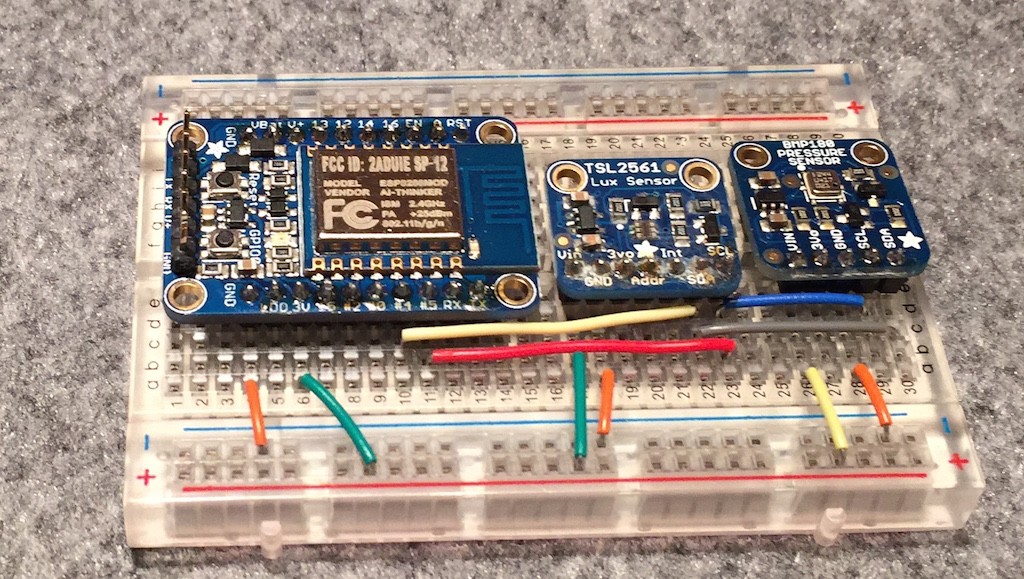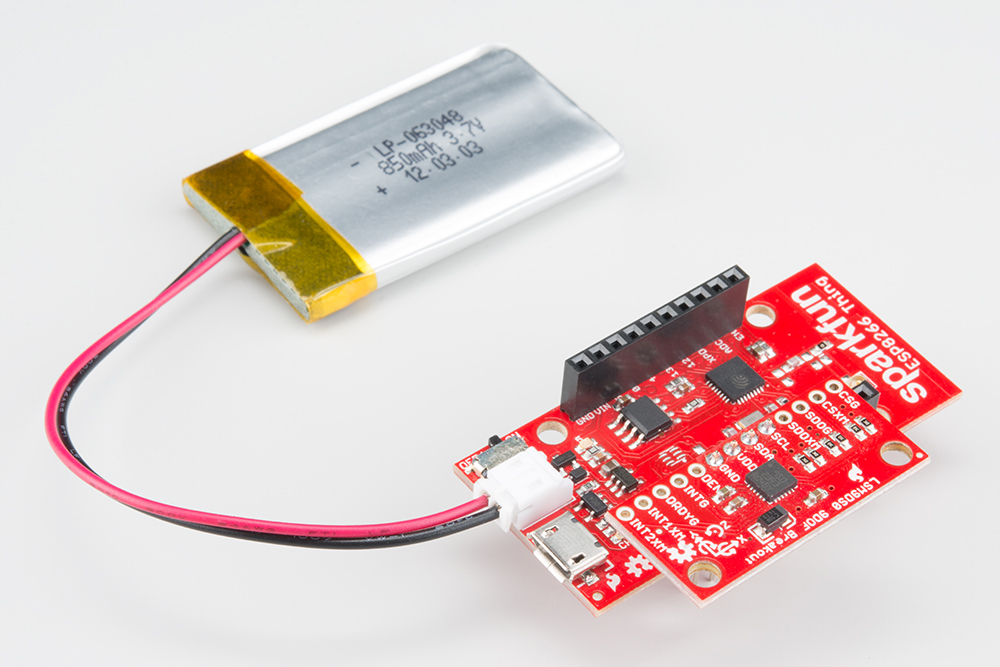FREE DOWNLOADNote: I’m using a voltage divider to shift the TX signal of the Arduino from 5V to 3.3V. This works well for slow baud rates, but it might not work at faster baud rates. For more information about lowering the voltage of signals. DemonstrationNow your LED should be blinking every one second. This means that your Arduino is sending the string “HI” and your ESP is receiving that data. Watch the video at the beginning of this post for a live demonstration.Now instead of sending a string saying just “HI!”, you can attach sensors to your Arduino and send that data to your ESP instead. Later you can that displays that data.Read NextYou might also find interesting trying one of these tutorials:.Do you have any questions? Leave a comment down below!Thanks for reading.
Arduino Esp8266 Software Serial

If you like this post probably you might like my next ones, so please support me by subscribing my. Post navigation. Good day Rui.I hope you still read this.If you were to expand the code in the ESP8266 to do more, different things how would you go about it. Lets say I want to check the GPIO’s for a pulse that is coming in, and then write something to a file that I have created.It seems to me like Utpal above is also doing more or less the same that I am trying.I want to monitor a GPS, read a specific string, then check the pulse width (that comes from a depth sounder in a boat on a large dam) on the GPIO, and then write that information to a file.A data logger for GPS location and depth saved to a file.
My “Save to ESP” button is grayed out!I have installed it on MacBook Air and I have connected the FTDI Programmer to the ESP01.Would appreciate if you let me know what’s happening.There is a small red led lit up on the FTDI programmer as well as the LED on the ESP01 also lit indicating the power to the ESP 01 has been provided.I tried on both the com ports of my mac. No response.Also in the right panel of the ESPlorer there is an Open button, if I click on it – I see a “Communication with MCU” and then nothing happens. (The Open button changes to Close thats all) when I click on the Close – then I see a “PORT CLOSED” message.
Esp8266 To Esp8266 Communication Ardui…

EspSoftwareSerial Implementation of the Arduino software serial library for the ESP8266 / ESP32This fork implements interrupt service routine best practice.In the receive interrupt, instead of blocking for whole bytesat a time - voiding any near-realtime behavior of the CPU - only levelchange and timestamp are recorded. The more time consuming phasedetection and byte assembly are done in the main code.Except at high bitrates, depending on other ongoing activity,interrupts in particular, this software serial adaptersupports full duplex receive and send. At high bitrates (115200bps)send bit timing can be improved at the expense of blocking concurrentfull duplex receives, with the SoftwareSerial::enableIntTx(false) function call.The same functionality is given as the corresponding AVR library butseveral instances can be active at the same time. Speed up to 115200 baudis supported. The begin function also has optional input buffer capacityarguments for byte buffer and ISR bit buffer.Please note that due to the fact that the ESP always have other activitiesongoing, there will be some inexactness in interrupt timings. This maylead to inevitable, but few, bit errors when having heavy data trafficat high baud rates. Resource optimizationThe memory footprint can be optimized to just fit the amount of expectedincoming asynchronous data.For this, the SoftwareSerial constructor provides two arguments.
First, theoctet buffer capacity for assembled received octets can be set. Read calls aresatisfied from this buffer, freeing it in return.Second, the signal edge detection buffer of 32bit fields can be resized.One octet may require up to to 10 fields, but fewer may be needed,depending on the bit pattern.
Any read or write calls check this bufferto assemble received octets, thus promoting completed octets to the octetbuffer, freeing fields in the edge detection buffer.Look at the swsertest.ino example. There, on reset, ASCII characters ' ' to 'z'are send. This happens not as a block write, but in single write calls percharacter. As the example uses a local loopback wire, every outgoing bit isimmediately received back. Therefore, any single write call causes up to10 fields - depending on the exact bit pattern - to be occupied in the signaledge detection buffer.